Mastering California Vehicles Codes for Bicycles: Group Ride Etiquette and Safety Tips
Mastering California’s bicycle laws and group ride etiquette is essential for cyclists of all skill levels. By understanding the rules of the road and the intricacies of group ride dynamics, you can ensure a safe and enjoyable cycling experience for yourself and your fellow riders. In this blog post, we’ll delve into the California Vehicles Codes for bicycles, group ride etiquette, and safety tips to help you navigate the Golden State’s roads like a pro.
Short Summary
- Comprehensive guide on California Vehicle Codes for bicycles and their impact on group ride etiquette & safety.
- Adhere to traffic laws, communication protocols, formation/spacing rules when sharing the road with motorists.
- Wear a helmet (required under 18) and practice defensive riding techniques for safe cycling in California.
Understanding California Vehicle Codes for Bicycles

As a cyclist in California, it’s crucial to be aware of the state’s bicycle laws to ensure safety and adherence to traffic regulations. These laws cover various aspects, such as riding on the right side, obeying traffic signals and signs, bicycle equipment requirements, and sidewalk cycling regulations. Not only do these rules apply to solo riders, but they’re also essential during group rides to guarantee the safety of all participants.
In the following sections, we’ll provide you with a comprehensive guide on these California Vehicle Codes for bicycles and how they impact group ride etiquette and safety. Keep in mind that your local bike shop can be a valuable resource for learning about these laws and acquiring essential cycling equipment.
Riding on the Right Side
Riding on the right side of the road is not only a legal requirement in California, but also a crucial aspect of group ride safety and efficiency. Cyclists must ride on the right side of the road, in line with the traffic flow, except when making a legal left turn, passing other cyclists, or riding on a one-way street, road too narrow to share, or when the right side of the road is blocked off for construction or a bike lane is unavailable.
During group rides, maintaining the correct position on the road is essential to avoid accidents and ensure a smooth experience for all riders. While riding on the right side, it’s important to be mindful of the group’s pace and keep an appropriate distance from other riders. Advanced group riding skills, such as riding in a pace line or double pace line, can further enhance the efficiency of the entire group and reduce the impact of wind resistance.
However, there are exceptions to riding on the right side of the road in certain situations, such as passing, preparing for a left turn, avoiding hazards, or when the lane is too narrow to share. In these instances, it’s crucial to communicate your intentions clearly to the group and move to the left when it’s safe to do so. Following these guidelines will ensure a safer and more enjoyable cycling experience for everyone involved.
Obeying Traffic Signals and Signs
Obeying traffic signals and signs is essential for cyclists in California, as it guarantees the safety of all road users and helps prevent accidents. Cyclists must comply with all traffic signals and signs, including stop signs, yield signs, and traffic lights, just like any other vehicle on the road. During group rides, it’s particularly important to accommodate slower riders and maintain a safe and inclusive environment for everyone involved.
Failing to adhere to traffic signals and signs can result in fines or other penalties, as well as create dangerous situations for both cyclists and motorists. By following the traffic laws, you’ll not only be safeguarding yourself and others, but also promoting a positive image of cyclists in your community.
Bicycle Equipment Requirements
In California, certain equipment requirements must be met for a safe and legal cycling experience. Cyclists are required to have a white front light and a red rear reflector or light for nighttime use. Additionally, helmets that comply with the American National Standards Institute (ANSI) or the Snell Memorial Foundation standards must be worn by riders under the age of 18.
These equipment requirements are not only essential for individual cyclists, but also play a crucial role in group ride safety. The front rider should set a good example by ensuring they have the required equipment and follow the rules of the road. Properly equipped bicycles and adherence to traffic laws contribute to a safe and enjoyable group ride experience for all participants.
Sidewalk Cycling Regulations
While there is no state-level prohibition against sidewalk cycling in California, it’s essential to check local ordinances in your area for any additional regulations. Cycling on sidewalks can pose risks due to the presence of pedestrians, cars, and other cyclists, so it’s important to be mindful of your surroundings and adhere to the rules of the road when doing so.
Experienced riders can provide valuable insights and advice on local cycling regulations and group ride etiquette, so don’t hesitate to ask for guidance from your fellow cyclists or local bike shop. By following the appropriate sidewalk cycling regulations, you’ll ensure a safer experience for yourself and those around you, especially for new riders.
Group Ride Etiquette and Safety
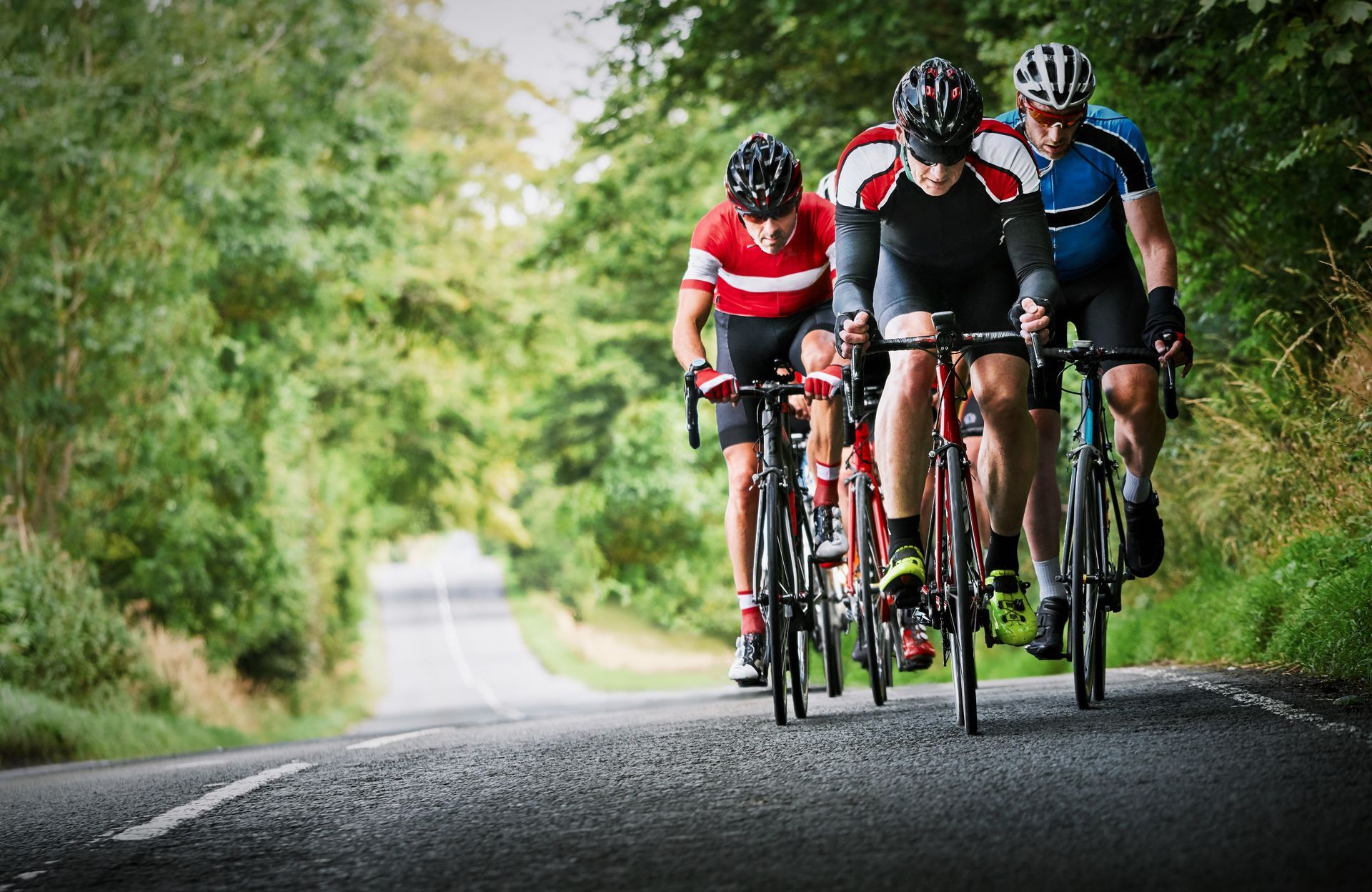
Now that we’ve covered California’s bicycle laws, let’s dive into the key aspects of group ride etiquette and safety. In the following sections, we’ll discuss communication and signaling, formation and spacing, and sharing the road with motorists.
These essential elements will help you navigate most group rides like a pro and create a safe and enjoyable experience for all participants in cycling group rides.
Communication and Signaling
Clear communication and signaling are vital during group rides to ensure the safety of all participants. Hand signals and verbal cues, such as “car back” or “hole,” allow riders to effectively warn others of potential hazards or changes in direction. Communication is especially important when navigating through intersections or making turns, as riders need to be aware of each other’s intentions and movements.
During group rides, the lead rider has a responsibility to monitor the road ahead and alert the group to any obstacles or hazards they encounter. Likewise, tail end riders play a crucial role in calling out approaching vehicles from behind and signaling lane changes when necessary. By using a combination of hand signals and verbal cues, group ride participants can maintain a safe and cohesive riding experience.
It’s important to note that effective communication isn’t limited to just signaling hazards or directional changes. Riders should also be mindful of their pace and the well-being of their fellow cyclists. Encouraging words and friendly conversation can go a long way in fostering a positive group ride atmosphere and ensuring everyone feels included and comfortable.
Formation and Spacing
Formation and spacing during group rides are essential for maintaining safety and efficiency. Common formations include single file, double pace line, and echelon. Proper spacing between riders helps to prevent accidents and allows for smoother transitions when changing positions within the group.
One common mistake during group rides is “half wheeling,” which occurs when a rider positions their half wheel slightly ahead of the rider beside them, instead of keeping it aligned with the rear wheel. This disrupts the spacing for all riders in the paceline behind them and can lead to irritation and potential accidents. To prevent half-wheeling, focus on maintaining a consistent position relative to the rider next to you.
When descending or navigating tight turns during group rides, it’s crucial to maintain a safe distance between bikes. A couple of bike lengths is typically recommended for descents, while a distance of approximately 0.5 to 1.0 meters should be kept from the rider in front of you during regular group rides. By maintaining proper formation and spacing, you’ll ensure a safer and more enjoyable experience for all riders involved.
Sharing the Road with Motorists
Sharing the road with motorists during group rides is essential for everyone’s safety. Cyclists and drivers both have a responsibility to follow traffic laws and be mindful of each other’s presence on the road. Lead riders should keep their eyes focused on the road ahead and be prepared to react to any obstacles or risks they encounter.
The last rider in the group should also be vigilant and call out “car back” to alert the other riders of an oncoming vehicle. By maintaining a cooperative and respectful relationship with motorists, group ride participants can enjoy a safe and harmonious experience on the road.
Helmet Laws and Requirements
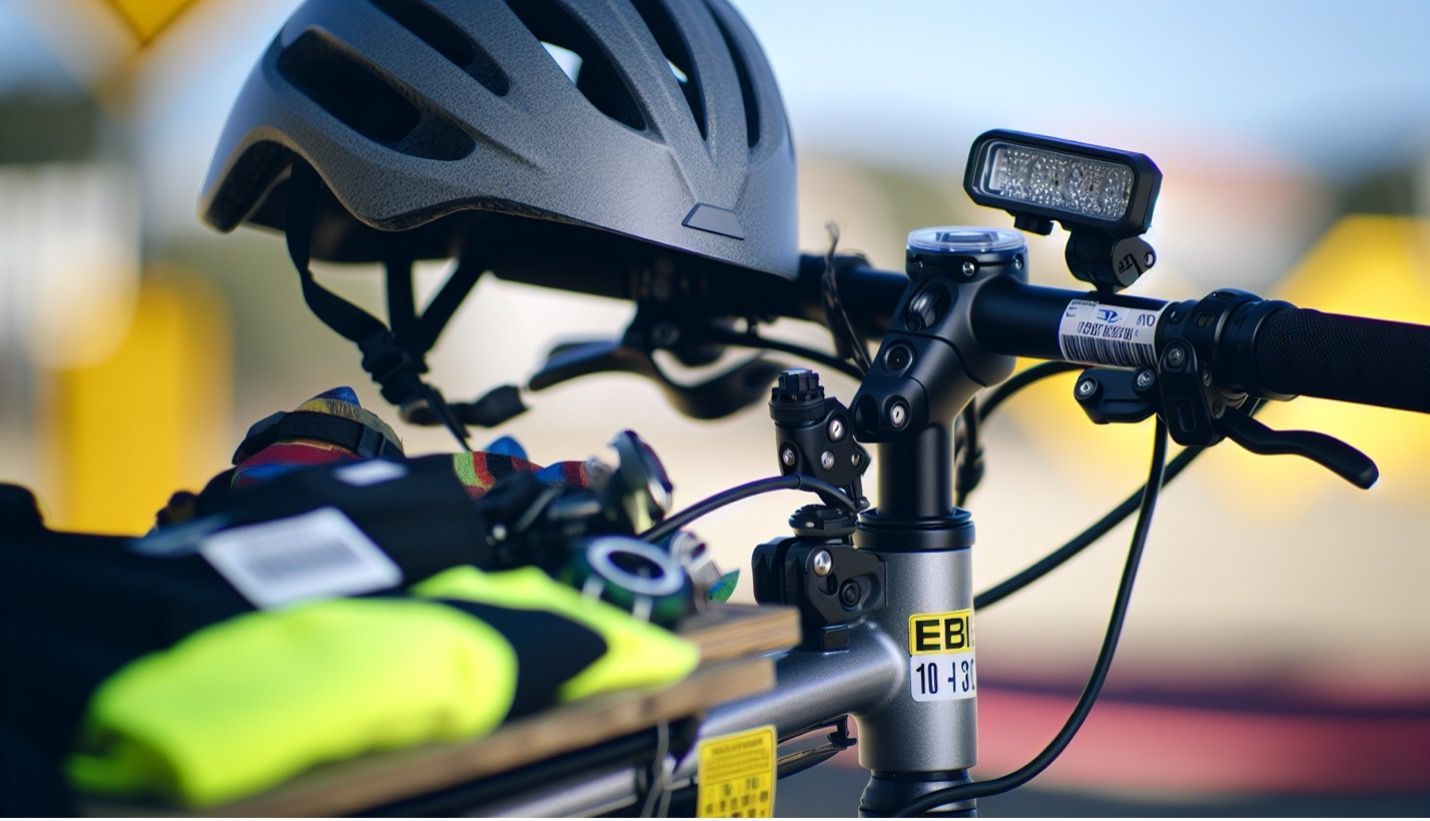
California’s helmet laws require that all cyclists under the age of 18 wear an approved helmet while riding. Although adult cyclists are not legally required to wear a helmet, it’s strongly recommended for safety reasons. Wearing a helmet can significantly reduce the risk of head injuries in the event of an accident.
By choosing to wear a helmet, you’re not only protecting yourself, but also setting a positive example for other cyclists on the road.
Electric Bicycles and California Vehicle Codes
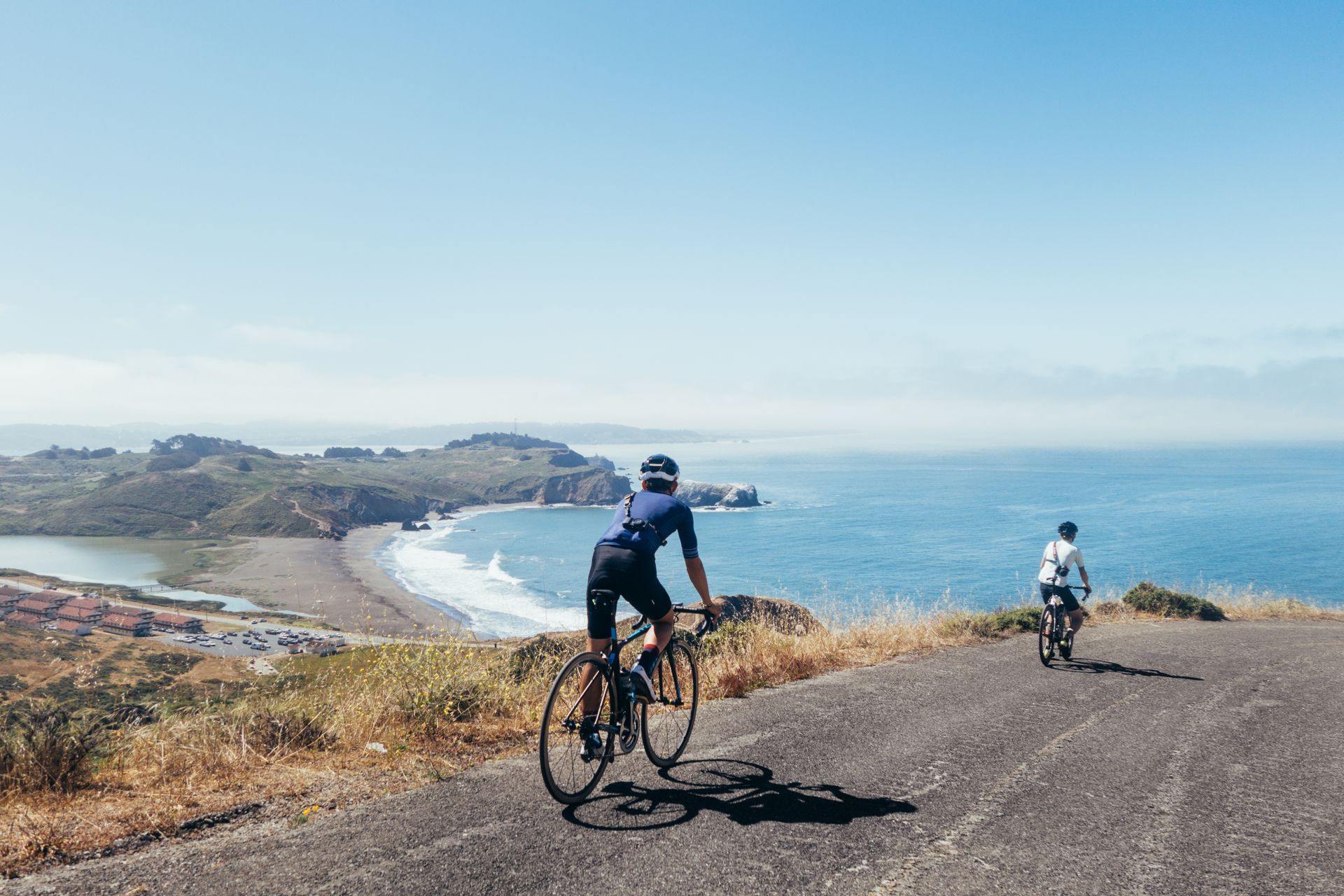
Electric bicycles are classified as conventional bicycles under the California Vehicle Code, meaning they’re subject to the same regulations as regular bicycles. However, there are some differences when it comes to gas-powered bicycles and type 3 electric bicycles (with top assisted speeds of 28 mph). These types of bikes are not allowed on trails, bike paths, or bike lanes unless authorized by local authorities.
As always, it’s essential to follow the rules of the road and maintain safe cycling practices, regardless of the type of bicycle you’re riding.
Common Bicycle-Related Violations and Penalties
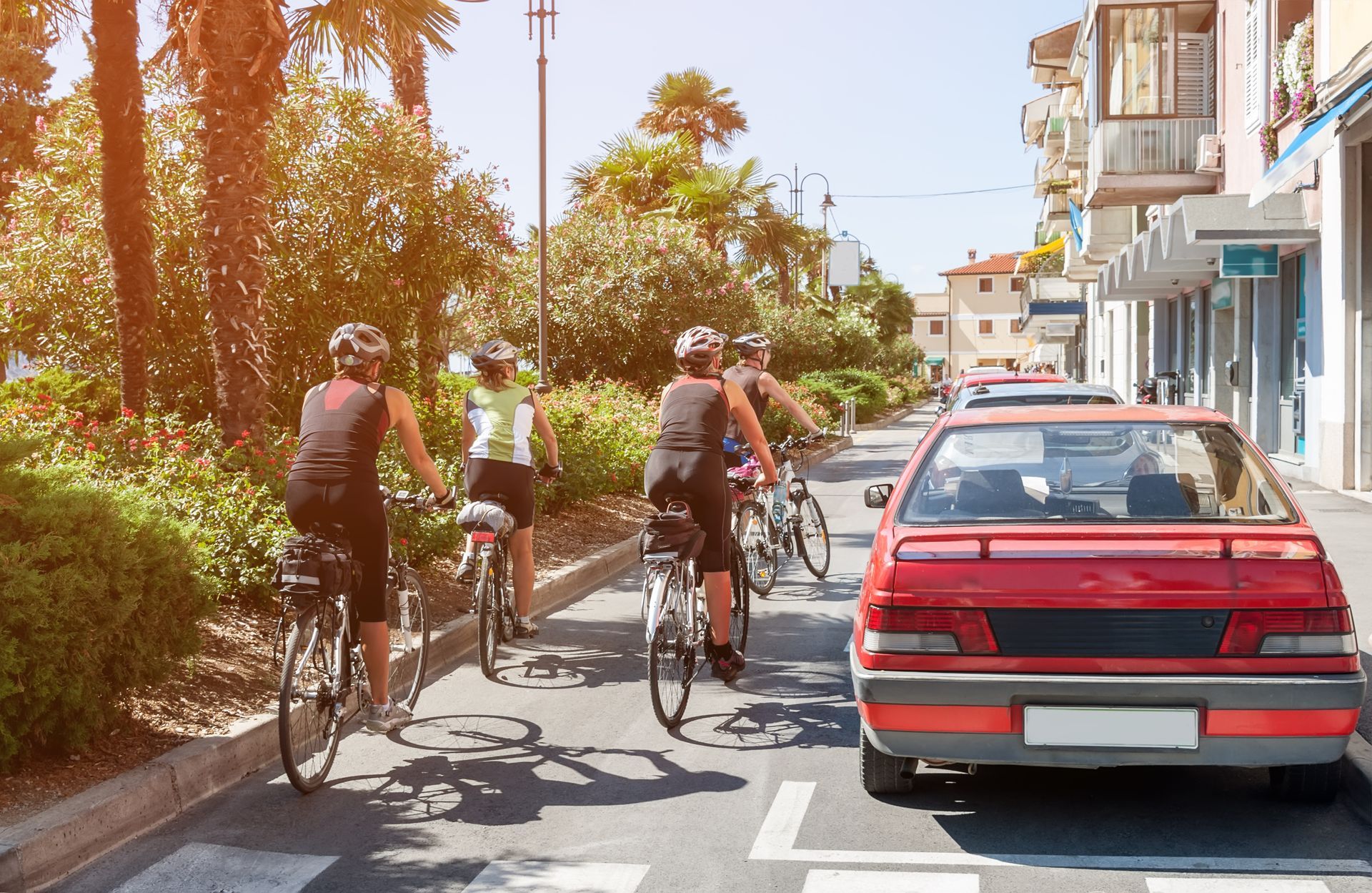
Some of the most common bicycle-related violations in California include riding against the flow of traffic, navigating on the incorrect side of the road, failure to yield, disregarding red lights or stop signs, riding while under the influence, not using lights during night hours, and not wearing a helmet when required. Penalties for these violations can range from a warning to a fine of up to $250.
By adhering to traffic laws and practicing safe cycling habits, you can avoid these violations and enjoy a trouble-free ride.
Tips for Safe Cycling in California
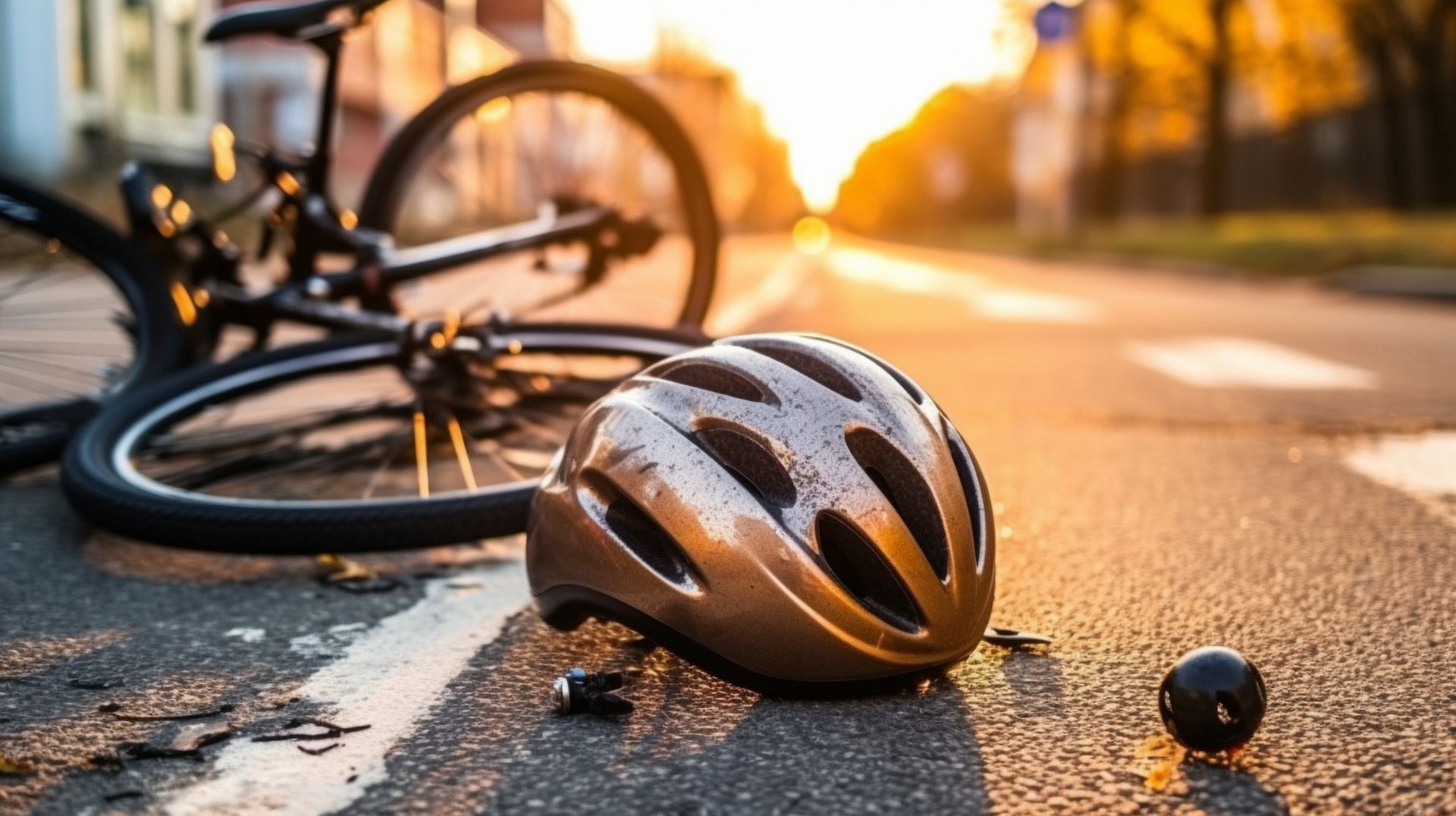
To ensure a safe and enjoyable cycling experience in California, consider the following tips: First, plan your route carefully, taking into account road conditions, traffic, and weather. Choose bike-friendly roads and paths whenever possible, and be prepared for unexpected detours or obstacles.
Second, make sure you’re visible to motorists, pedestrians, and other cyclists. Equip your bike with the required front white light and rear red reflector or light, and consider wearing bright, reflective clothing. Being visible on the road is crucial for your safety and the safety of others around you.
Finally, practice defensive riding techniques, such as being aware of road hazards, signaling with your hands when turning, and slowing down when necessary. By adopting a proactive approach to cycling safety, you’ll be better prepared to handle any challenges that come your way. Don’t hesitate to visit your local bike shop for additional advice and resources on safe cycling practices.
Summary
In conclusion, mastering California’s bicycle laws and group ride etiquette is essential for cyclists who want to enjoy a safe and enjoyable experience on the road. By understanding and following the state’s vehicle codes, practicing clear communication and proper formation during group rides, and sharing the road responsibly with motorists, you’ll set yourself up for success and foster a positive cycling community.
Remember, the key to safe cycling in California is a combination of knowledge, preparation, and mindfulness. By taking these factors into account, you’ll not only protect yourself and your fellow riders, but also contribute to a safer and more harmonious environment for all road users.
Frequently Asked Questions
Does California vehicle code apply to bicycles?
- Yes, the California Vehicle Code applies to bicycles. Bicyclists are granted the same rights and responsibilities as motor vehicle drivers under state law (VEH 21200).
What is the vehicle code for a motorized bicycle in California?
- California Vehicle Code (CVC) 406 is the state law for motorized bicycles. This law applies to any two or three wheeled device with an automatic transmission and a motor that produces less than 4 gross brake horsepower.
- A motorized bicycle rider must have a motorcycle license requiring written and driving tests.
What are the new bicycle laws in California 2023?
- In California, drivers are required to completely change lanes when passing a cyclist on streets with multiple lanes in the same direction, and maintain at least a 3-foot passing distance on single-lane streets.
- This law is designed to ensure the safety of cyclists on the road. It is important for drivers to be aware of this law and to follow it when passing cyclists. Failure to do so can result in fines and other penalties.
How to ride a bike safely on the road?
- Share the road, follow traffic rules, take the lane, use hand signals, go with the traffic flow, obey all traffic laws, be predictable and stay alert at all times to ride a bike safely on the road.
- Riding a bike on the road can be a safe and enjoyable experience if you take the necessary precautions. Make sure to always follow traffic rules, take the lane when necessary, use hand signals to indicate your intentions, go with the flow of traffic, and obey all traffic laws. Additionally, be predictable.
What is the legal requirement for bicycle lights in California?
- Cyclists in California are legally required to have a white front light and a red rear reflector or light for nighttime use.
Main Office-Dana Point Lantern District
34118 Pacific Coast Highway
Suite 5
Dana Point, CA 92629
101 S. El Camino Real
Suite 110
San Clemente, CA 92672
Las Vegas
c/o
THE702FIRM Injury Attorneys
8335 W. Flamingo Rd
Las Vegas, NV 89147

